Sino-German Treasure "Glockenspiel" Harmony, an Intangible Cultural Heritage Concert
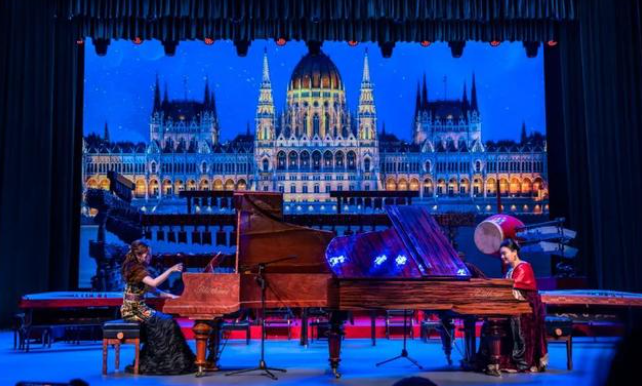
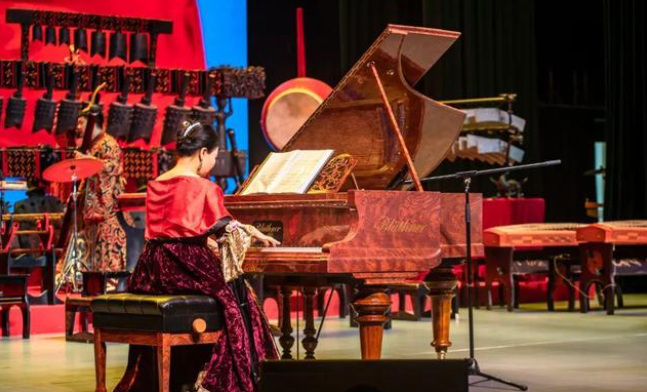
When the Chinese national treasure musical instrument meets the German national treasure musical instrument - the ensemble of chimes and piano, the collision of the king of ancient and modern musical instruments, it shows the great charm of music! The concert presents the most splendid musical cultural heritage of the past and the present in a way that integrates ancient and modern, and integrates China and the West. It presents an audio-visual feast integrating song, music and dance for the audience. In particular, the ensemble of chimes and piano on the same stage, the collision of the kings of ancient and modern musical instruments, shows the great charm of music.
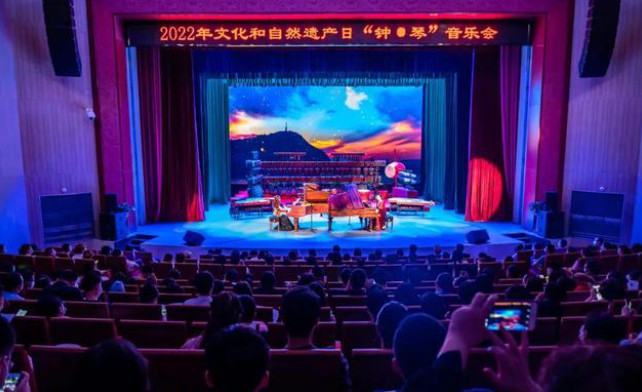
Since the establishment of Hubei Provincial Museum Chime Orchestra, in addition to receiving state leaders, foreign envoys in China and other audiences, it has also participated in important performances such as the National Day of the People's Republic of China and the Hong Kong Handover Celebration, and has visited the United States, Japan, South Korea, Performances in more than ten countries and regions, including Singapore, Russia, the United Kingdom, China, Germany, Italy, Brazil, etc., are very popular.
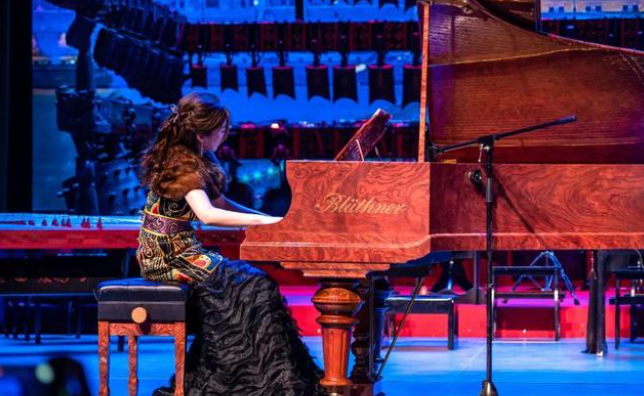
The chime of Zenghouyi, unearthed in 1978 at the tomb of Zenghouyi in Suizhou, Hubei, is the most majestic and largest musical instrument ever discovered in the world, and is known as the "eighth wonder" of the ancient world. In 2002, it was listed as one of the first batch of 64 cultural relics prohibited from going abroad (border) by the State Administration of Cultural Heritage.
Bolensler was born in Leipzig, Germany in 1853. After World War II, it was recognized as a German national treasure by the German government (from "The Piano book", author: Larry Fine [USA]). In the 19th and 20th centuries, a group of the most famous composers and musicians in the classical music world created world-famous works on it, such as Liszt, Debussy, Tchaikovsky, Rachmaninoff, Prokofiev, Rubinstein, Shostakovich, etc. Its client list also includes hundreds of kings including the Queen of England, the King of Germany, the Tsar of Russia, the King of Denmark, the Emperor of Japan, and more.
The two Bolensler pianos used in the performance are from Wuhan Qintai Piano Museum. The Wuhan Qintai Piano Museum has a collection of nearly 1,000 world-famous pianos, and is currently the museum with the largest collection of classical pianos in China. The "Piano Reconstruction and Restoration" of the museum was selected into the Hanyang District Intangible Cultural Heritage List.
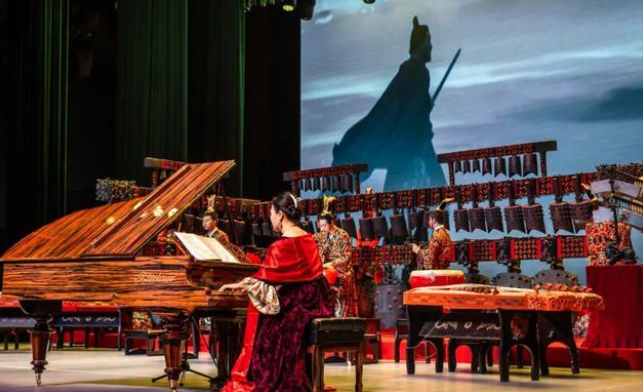
One of the two Bolensler pianos was born in 1897. The whole body is made of grimace and rosewood. The classic design of the piano body such as the hollow carved music stand and Caesar legs is a tribute to the inheritance. The bridge is handcrafted according to the direction of the wood grain. Perfectly combined with the soundboard, after a century, the tone can still show delicate changes.
Another Bolensler piano was born in 1868. The body of the violin is handmade from rare and precious ebony wood, with beautiful and smooth lines and exquisite craftsmanship, full of the romantic taste of the beauty of neoclassical art. The great conductor Ford Wingler called it a "singing piano"!
 渝公网安备 50010702504639号
渝公网安备 50010702504639号